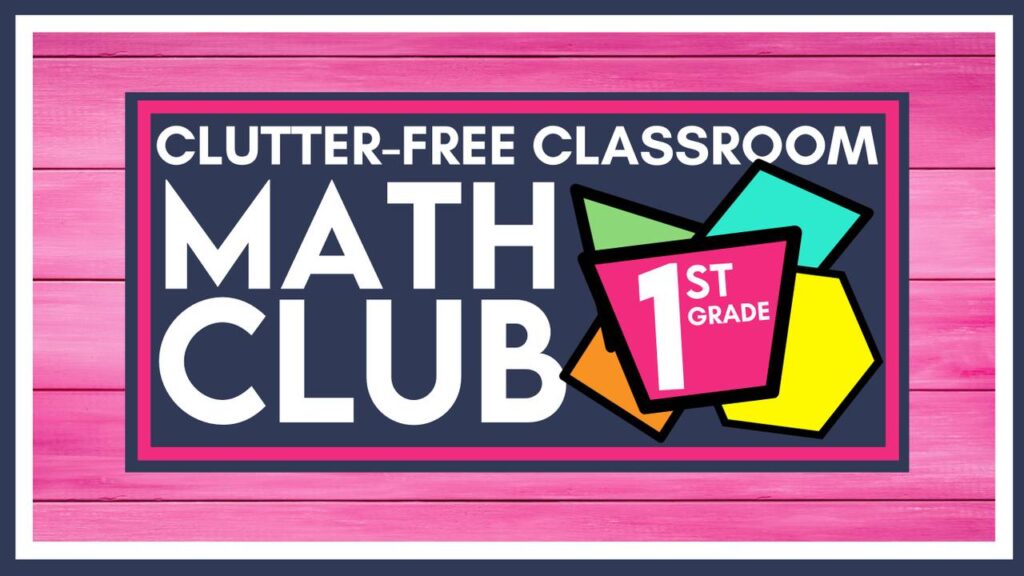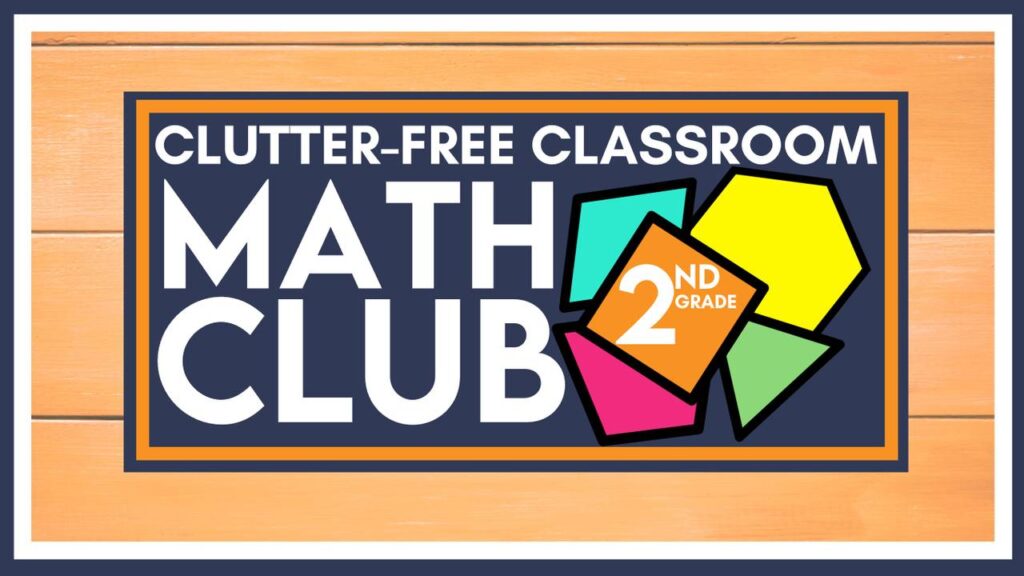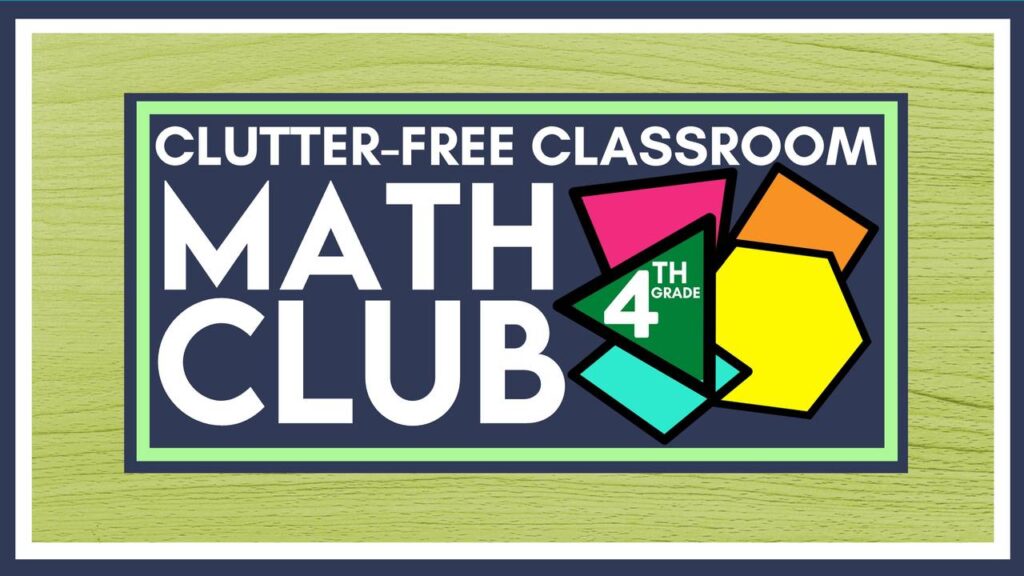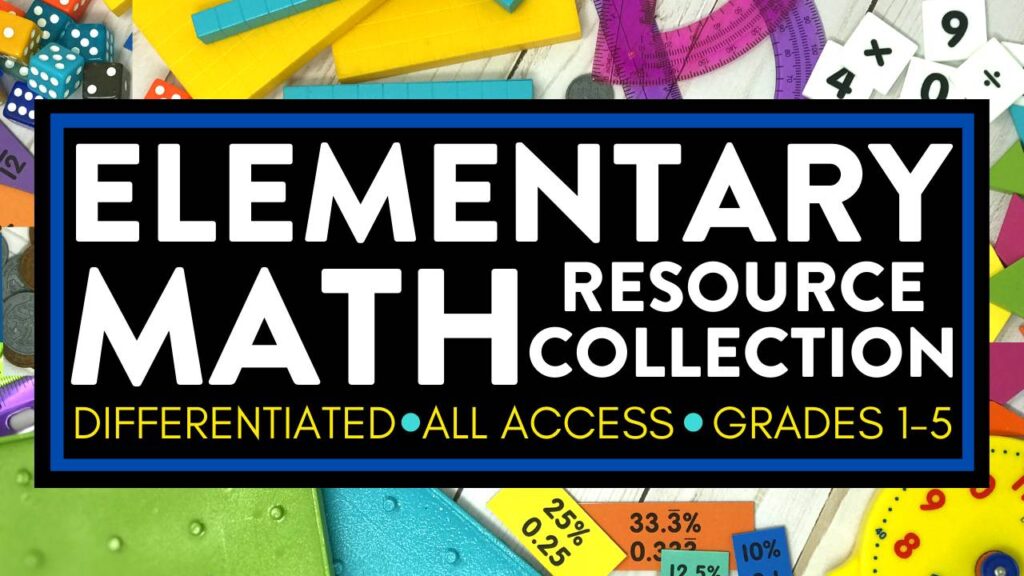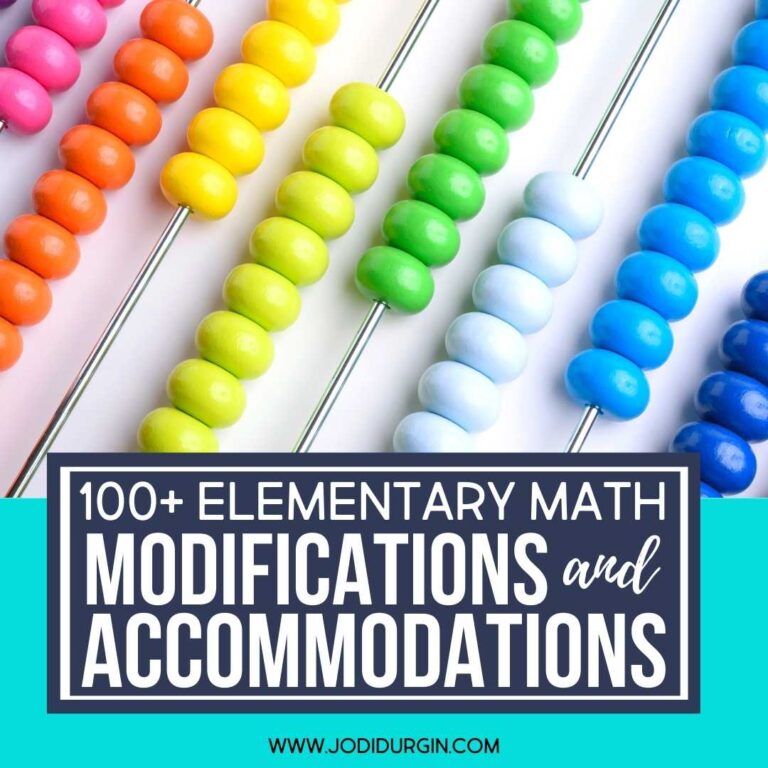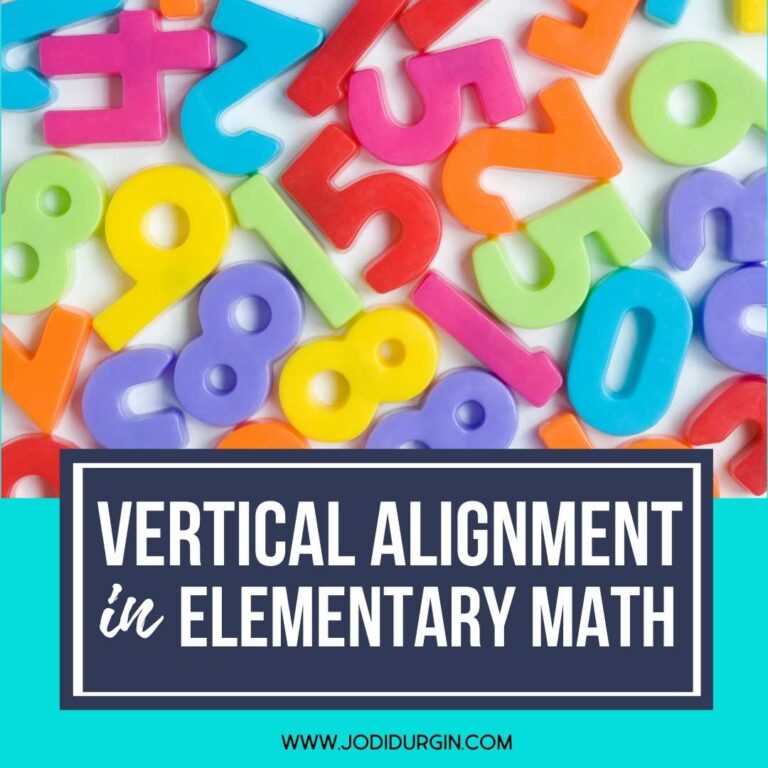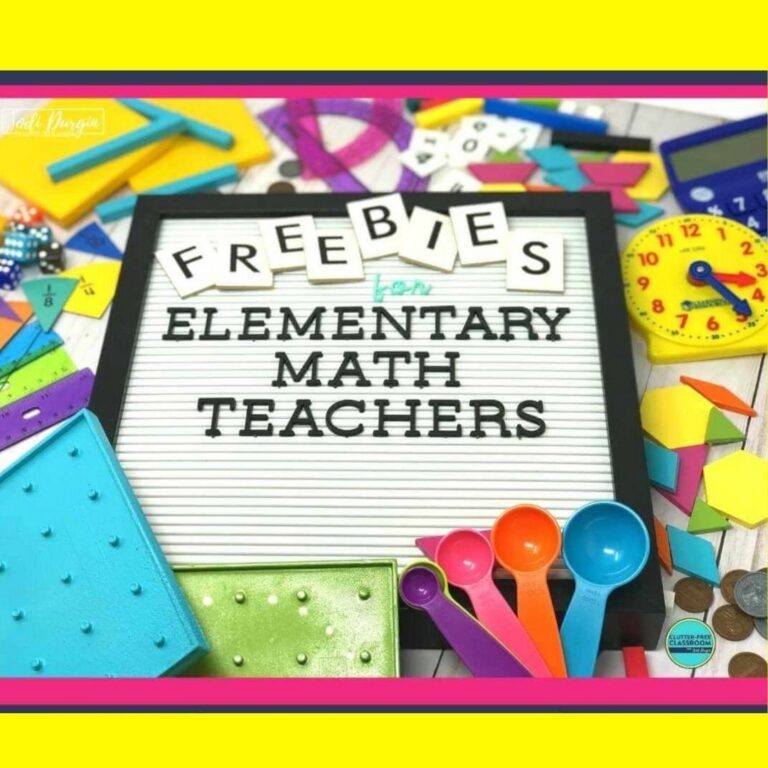Hands-on math experiences offer students unique learning opportunities that paper and pencil tasks simply just can’t. For example, have you ever had a student be able to seamlessly recite their multiplication facts, but are unable to 1) explain how they solved it and 2) apply it to a real world problem? This student lacks a conceptual understanding of multiplication. Conceptual understanding has become an essential component of best practice teaching since the Common Core was adopted, as it expects students to do more than rote memorization. Instead, it demands that students be active participants in real-world learning and application to prepare them for college and careers in the twenty-first century.
You might be wondering, “How do I do this? How do I teach in a way that builds my students’ conceptual understanding in math?” One way you can do this is through offering hands-on math experiences to your elementary students. Learning math concepts and skills using math manipulatives and tools gives your students the hands-on learning experiences they need to make sense of math ideas through exploration and self-discovery. Learn more about using hands-on math experiences in your elementary classroom below!
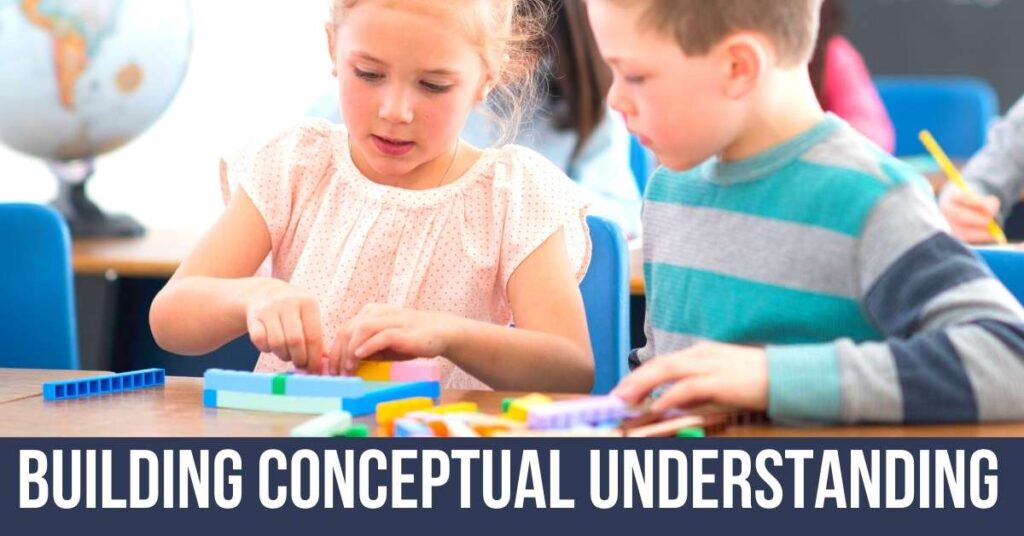
What is Hands-On Math?
The hands-on math approach is the idea that students need to feel and touch what their learning through a concrete learning experience before they are exposed to more of the abstract learning that takes place when students solve equations. For example, before we introduce the standard algorithm for solving two-digit addition problems with regrouping, students must work with the base-ten blocks and go through the process of breaking the ten into ten ones to solve the problem.
Why is Hands-On Math Important?
Hands-on math is important because it helps students build conceptual understanding, which is one of the five strands the National Research Council identified as being an integral part of math education. In addition, hands-on math activities increase student engagement and promote deeper understanding of the grade level math concepts and skills.

What is Conceptual Understanding?
The National Research Council identified five strands that define math proficiency in 2001: Conceptual understanding, procedural fluency, strategic competence, adaptive reasoning, and productive disposition. Conceptual understanding, one of the five strands, is the “comprehension of math concepts, operations, and relationships” to the extent that a student can transfer and apply what they know to new situations and contexts.
Conceptual Understanding is:
- Understanding why we are learning about a concept or skill
- Applying prior learning to a new situation
- Explaining and justifying
- Reasoning
- Comparing and contrasting math concepts
- Generating new ideas
- Thinking flexibly
- Utilizing models and manipulatives
Conceptual Understanding is not:
- Simply being fluent in procedures and facts
- Rote memorization

What is the Difference Between Conceptual Understanding and Procedural Fluency?
Prior to 2001, the emphasis in math instruction was on procedural fluency, which was referred to as procedural knowledge at the time. Procedural fluency in math is the ability to follow a sequence of steps “flexibly, accurately, efficiently, and appropriately.” Students were expected to learn procedures (procedural fluency), like how to regroup, but were not necessarily expected to have a deep understanding (conceptual understanding), like why they are regrouping and what it means.
In recent years, recommendations of effective math instruction have transitioned to a more balanced approach to learning. Conceptual understanding and procedural fluency are equally important. They are both part of five strands that define math proficiency according to the National Research Council. As a result, it is essential for educators to support students in developing both abilities.

Why is Conceptual Understanding Important?
Conceptual understanding in math is important because it…
- Prepares students to solve problems in the real world
- Equips students with the ability to make connections and solve more complex math problems
- Gives them the higher order thinking skills needed to deeply understand and transfer knowledge to new situations
- Supplies them with a strong number sense and mathematical foundation
- Develops students into individuals who are proficient in math
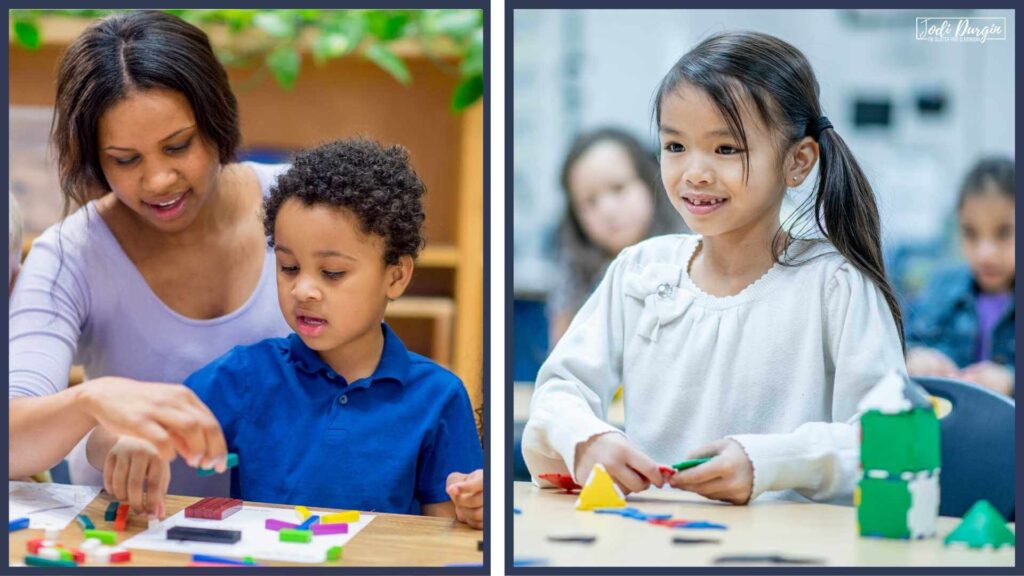
5 Ways to Build Conceptual Understanding in Math
Here are 5 ways to begin building conceptual understanding in math in your elementary classroom:
- Use math manipulatives and pictures to teach concepts, solve problems, and explain thinking.
- Create opportunities to discuss math concepts and strategies with peers and the teacher. One way to do this is through number talks.
- Represent and solve problems in different ways through modeling and celebrate when students do the same.
- Solve real-world math problems using models.
- Supply your students with math tool kits that they can access independently and use as needed. These resources can elevate a worksheet task into a hands-on math learning experience.
Math Resources for 1st-5th Grade Teachers
If you need printable and digital math resources for your classroom, then check out my time and money-saving math collections below!
Free Elementary Math Resources
We hope these ideas for hands-on math experiences will be helpful as you plan your upcoming math lessons and would love for you to try these math resources with your students. They offer students opportunities to practice grade level concepts and skills in fun and engaging ways. You can download worksheets specific to your grade level (along with lots of other math freebies) in our free printable math resources bundle using this link: free printable math activities for elementary teachers.
Check out these other math resources!
- 1st Grade Math Resources
- 2nd Grade Math Resources
- 3rd Grade Math Resources
- 4th Grade Math Resources
- 5th Grade Math Resources


